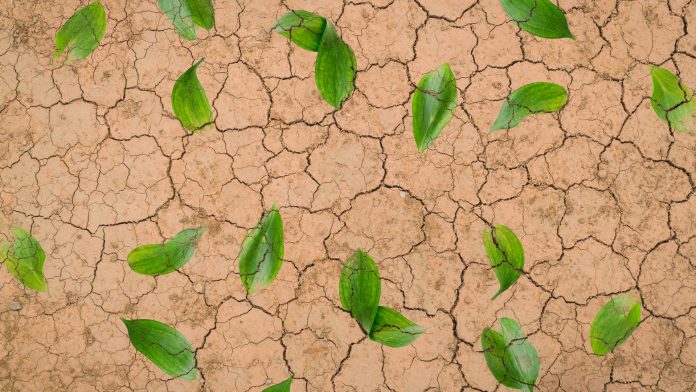A study conducted by UC Riverside archaeologist Scott Fedick and plant physiologist Louis Santiago reveals highly drought resistant plants in Maya, which will be key in helping communities survive during a drought.
Surviving drought in Maya
Scientists have revealed through research that a series of droughts occurred in the Yucatan Peninsula of South-Eastern Mexico and Northern Central America at the end of the 9th Century. This data revealed that populations were struggling when it came to surviving, as the population began to significantly drop. Originally, scientists associated this drop with what they believed to be Maya’s dependency on drought-sensitive corn, beans and squash, and theorised that the population starved.
However, the analysis conducted by Fedick and his team revealed that Maya had 497 edible plants available to them, most of which were drought resistant. Therefore, this suggests that in terms of surviving during a drought, the Maya population wouldn’t have depleted due to starvation.
“Even in the most extreme drought situation — and we have no clear evidence the most extreme situation ever occurred — 59 species of edible plants would still have persisted,” Santiago explained.
To survive, some of the plants that the Maya population would have turned were cassava, with its edible tubers, and hearts of palm. Another is chaya, a shrub domesticated by the Maya and eaten today by their descendants. Its leaves are high in protein, iron, potassium, and calcium. “Chaya and cassava together would have provided a huge amount of carbohydrates and protein,” Santiago said.
Plants documented
Fedick and his team gathered and published a “master list of ingredients” to document all the indigenous Maya food plants that were discovered from this investigation. Drawing on decades of plant knowledge, the research team were able to consider each of these ingredients and determine which of the 497 plants on the list were drought resistant. To do this the scientists considered the cause of Maya’s social disruptions, and whether drought was a contributing factor, in order to determine the plants that would be best for surviving whilst amid a drought.
“When botanists study drought resistance, they’re usually talking about a specific plant, or a particular ecosystem,” Fedick explained. “One of the reasons this project was so challenging is because we examined the dietary flora of an entire civilization — annuals, perennials, herbs, trees, domesticates, and wild species. It was a unique endeavour.”
Though the researchers do not have a clear answer about why ancient Maya society unravelled, or why their population was no longer surviving, they suspect social and economic upheaval played a role. “One thing we do know is the overly simplistic explanation of drought leading to agricultural collapse is probably not true,” Fedick commented.
The research also demonstrates the importance of exploiting a variety of plants to survive drought and climate change. “Even given a series of droughts, maintaining a diversity of resilient crops would enable people, both ancient and modern, to adapt and survive,” Santiago concluded.









